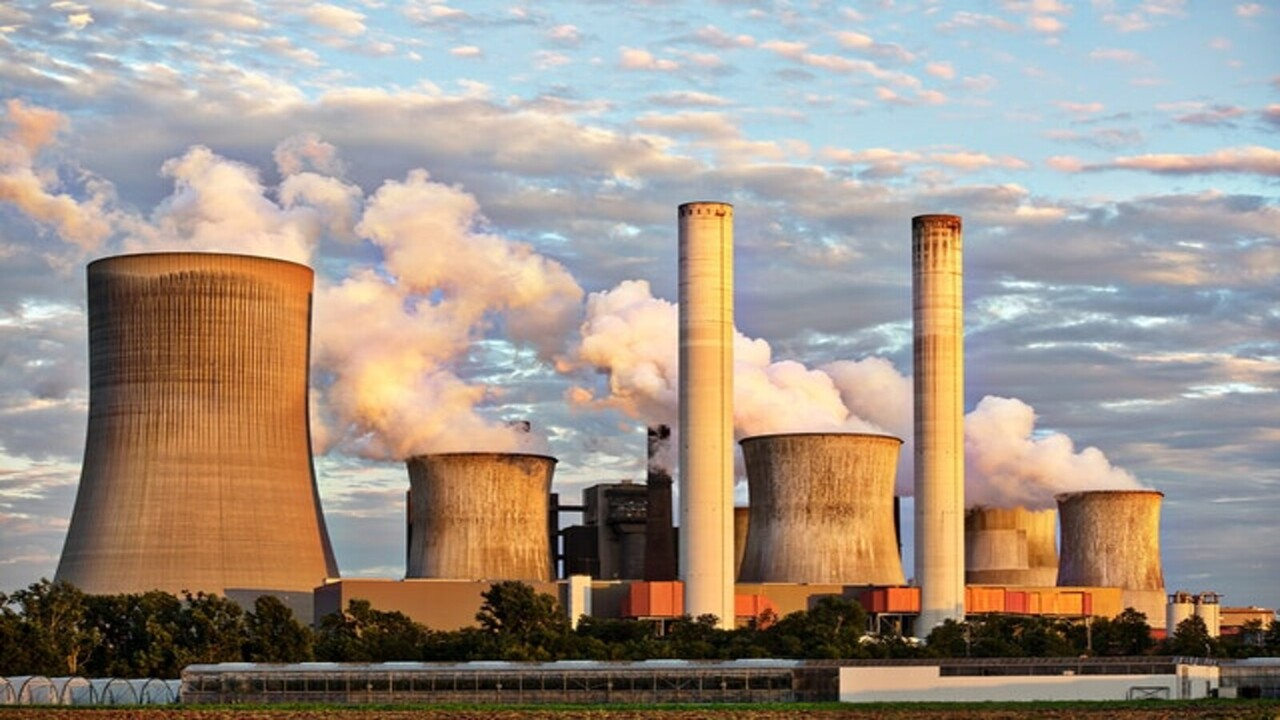Free Courses Sale ends Soon, Get It Now


Free Courses Sale ends Soon, Get It Now



Copyright infringement not intended
Picture Courtesy: www.linkedin.com
Context: India's surging energy demand, driven by economic activity and rising appliance usage, is predominantly met by coal, constituting 75% of power generation, with renewables at 22%, showcasing a substantial gap from ambitious targets.
Details
Growing Energy Demand
Projections for Future Energy Demand
Coal Production Increase
Challenges with Renewable Energy
Hydropower Complexities
Nuclear Power Contribution
Future Plans
Conclusion
Must Read Articles:
TYPES OF COAL: https://www.iasgyan.in/daily-current-affairs/types-of-coal
COAL INDUSTRY: https://www.iasgyan.in/daily-current-affairs/coal-industry
|
PRACTICE QUESTION Q. What is the current status of coal energy production and its role in India's energy landscape, considering the country's economic growth, environmental concerns, and efforts toward renewable energy adoption? |
© 2024 iasgyan. All right reserved